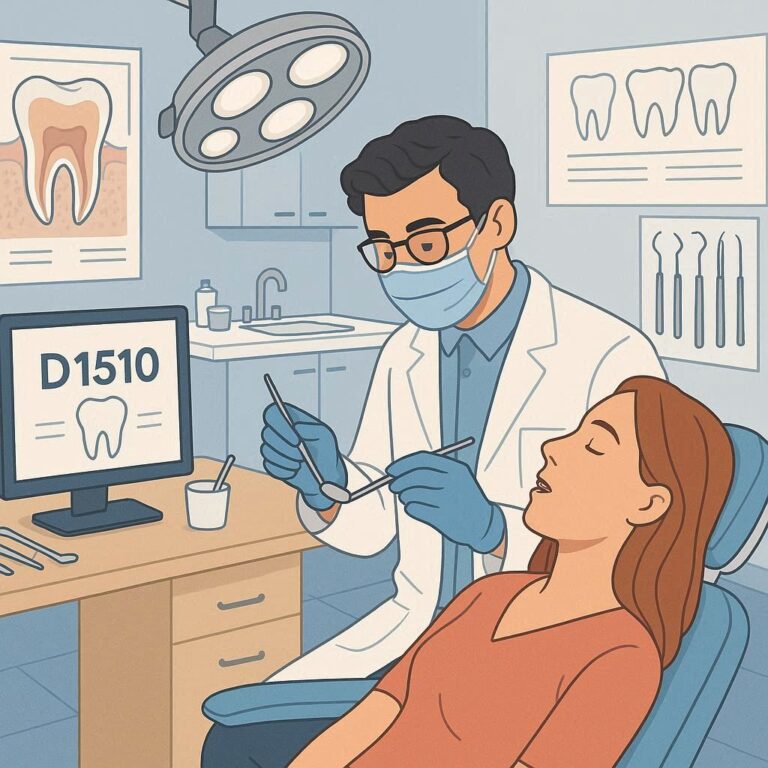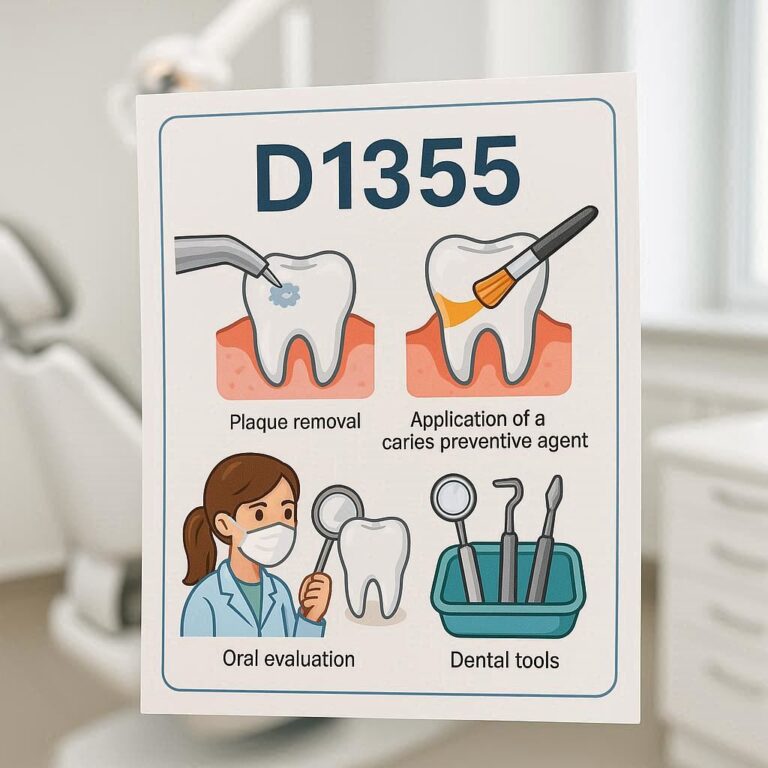D8680 Dental Code: Orthodontic Retention (Fixed)
Orthodontic treatment doesn’t end when braces come off—retention is crucial to maintaining results. The D8680 dental code specifically refers to fixed orthodontic retention, a procedure where a thin wire is bonded behind the teeth to prevent relapse.
This article explores everything about D8680, including its clinical applications, benefits, insurance considerations, and patient care tips. Whether you’re a dentist, orthodontist, or a patient curious about post-braces care, this guide provides in-depth insights.

2. Understanding Orthodontic Retention
Why Retention is Necessary
After braces or aligners, teeth have a natural tendency to shift back (relapse). Retention ensures teeth remain in their corrected positions while surrounding bone and gums stabilize.
Types of Orthodontic Retention
- Fixed Retainers (D8680) – Permanently bonded wire behind teeth.
- Removable Retainers – Hawley or clear plastic retainers.
3. In-Depth Look at D8680: Fixed Retainer
Definition and Purpose
- D8680 is the ADA code for fixed orthodontic retention.
- A thin wire is bonded to the lingual (back) surfaces of anterior teeth (usually canines to canines).
- Prevents minor shifts and maintains alignment long-term.
When is D8680 Used?
- After comprehensive orthodontic treatment.
- For patients with high relapse risk (e.g., severe crowding history).
- As a long-term stabilization method.
4. Comparison of Fixed vs. Removable Retainers
| Feature | Fixed Retainer (D8680) | Removable Retainer |
|---|---|---|
| Compliance | No patient effort needed | Must be worn as prescribed |
| Durability | Long-lasting but may break | Prone to loss/damage |
| Maintenance | Requires careful cleaning | Easy to clean |
| Aesthetics | Hidden behind teeth | Visible (Hawley) or clear (Essix) |
Best for:
- Fixed retainers – Patients who may forget to wear removable ones.
- Removable retainers – Those who prefer flexibility.
5. The Clinical Process of Applying a Fixed Retainer (D8680)
Pre-Retention Assessment
- Check tooth stability post-braces.
- Evaluate gum health and bonding surfaces.
Bonding Procedure
- Etching – Prepares enamel for bonding.
- Wire Placement – Custom-fit wire from canine to canine.
- Bonding – Secured with dental adhesive.
Post-Placement Care
- Avoid hard foods for 24 hours.
- Use floss threaders for cleaning.
6. Common Challenges with Fixed Retainers
- Breakage – Due to biting hard foods.
- Plaque Accumulation – Requires meticulous oral hygiene.
7. Insurance and Billing for D8680
- Some insurers cover D8680 under “post-orthodontic stabilization.”
- Documentation must include pre- and post-treatment records.
8. Patient Education and Compliance
- Long-Term Maintenance: Regular dental check-ups.
- Signs of Retainer Failure: Loose wire, tooth movement.
9. FAQs About D8680
Q: How long does a fixed retainer last?
A: Typically 5+ years, but some patients keep them indefinitely.
Q: Can a fixed retainer be removed?
A: Yes, by an orthodontist if needed.
Q: Does D8680 apply to upper and lower teeth?
A: Yes, it can be used for both arches.
10. Conclusion
The D8680 dental code is essential for maintaining orthodontic results with fixed retainers. Understanding its application, benefits, and care ensures long-term success for patients. Proper insurance documentation and patient compliance further enhance outcomes.


